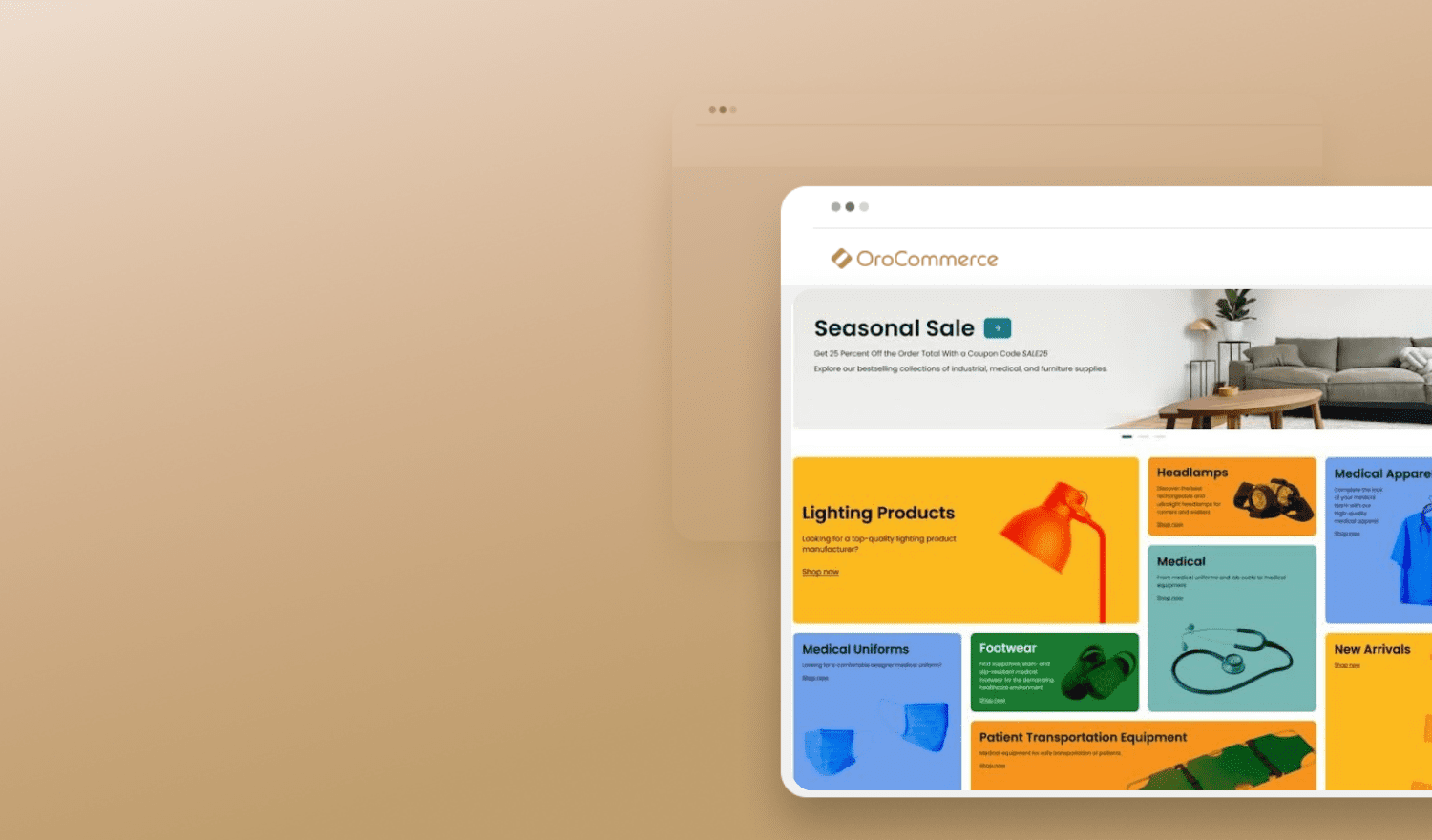Why Localization
Global online B2B sales are booming. In fact, Frost and Sullivan predicts that B2B eCommerce sales around the world will reach $12 trillion by 2020, up from $5.5 trillion in 2012. Additional research suggests that:
- For every dollar a business invests in localization strategy, they earn another $25.
- Nearly three out of four customers (72.1 percent) spend most of their time on sites in their own language.
- Over half of consumers (56.2 percent) rate the ability to obtain information in their own language as more important than price.
However, before they can expand into global markets, online B2B businesses must be able to adapt their stores to different locales. This process, called localization, allows sellers to use local languages and currencies, as well as local forms of payment, shipping, and other services preferred by B2B buyers in their target market. In order to do this successfully, though, B2B sellers will need to consider multiple aspects of their online store. In this series, we will look at what makes a localization strategy effective, beginning with language.
The Importance of Translation and Localization
First and foremost, if you want to break into the international market, it is imperative that your business speaks the local language. After all, being able to communicate fluently with your customers is one of the easiest ways to appeal to them. It is worth doing this even if you’re already established in your industry, as the rapid expansion of eCommerce could mean the emergence of native competition that steals your customers away
(If your business plans to only sell in one other language, this is simple. However, what if you want to appeal to a truly global base of customers? According to market research conducted by Common Sense Advisory, it will take a minimum of 14 languages to appeal to 80 percent of the market. If you’d like to increase that to 95 percent, you will have to speak at least 20 languages)
However, simply changing your store’s copy is not enough. In order to make sure your store will appeal to an international audience, consider the following:
1. Choose an eCommerce Platform With a Content Management System
The more languages that your website is in, the more difficult it will be to manage. This can be especially worrisome if your store sells a large number of products. Avoid this problem by utilizing a flexible content management system (CMS). This will allow you to easily keep track of any changes made across your website, as well as add, delete, and edit content as you continually update your online store.
2. Translate Everything
While services like Google Translate may be good for quick fixes and first passes, business owners should consider professional translation and localization services to translate their websites. These services should not only translate your copy and product descriptions, but also any keywords, special local domain names, and meta-tags for search engine optimization. This will help increase your website ranking in the local market and ensure a better customer experience.
Also, do not forget to change any local references, idioms, metaphors, or other aspects of culture that may potentially alienate your customers. If possible, try to incorporate nuances of the specific locale or market that you are advertising in. Similarly, be mindful that you only use regional statistics or benchmarks that your audience will immediately understand.
3. Use Local Staff and Native Speakers
Speaking the local language goes beyond translating the content on your website. As you expand, try to employ competent local staff in your customer service department, and make sure that professional native speakers review any marketing materials, such as email campaigns, that you plan to send out to your customers. If you can, consider also hiring local staff to manage social media in the native language as well.
4. Make Language Selection Easy
All of the hard work you put into localizing your online store will be useless if your users do not know how to read it in the right language. Ideally, your website should be able to automatically detect where a visitor is located, then convert the content into the appropriate language. However, you should still include an option to select a different language and place it in a visible area. This will not only make your store more convenient, but will have the added benefit of advertising your international presence.
5. Don’t Forget About Images
If it’s true that a picture speaks a thousand words, then you really can’t afford to forget about the images on your store. Comb through your site and identify any pictures or photos that may not translate well into another market. This may be as simple as replacing an image of an American flag, or may involve making subtle changes to charts or graphs so that they reflect the language or currency of the local market.
Conclusion
Utilizing translation and localization strategies on your eCommerce store is an important step for businesses interested in expanding to new international markets. Once you incorporate the above steps, you will be much better positioned to take your store global. However, at this point, your localization strategy is still not finished. In part 2 of this series, we will look at the localization process of converting your store’s currency and measurements.




